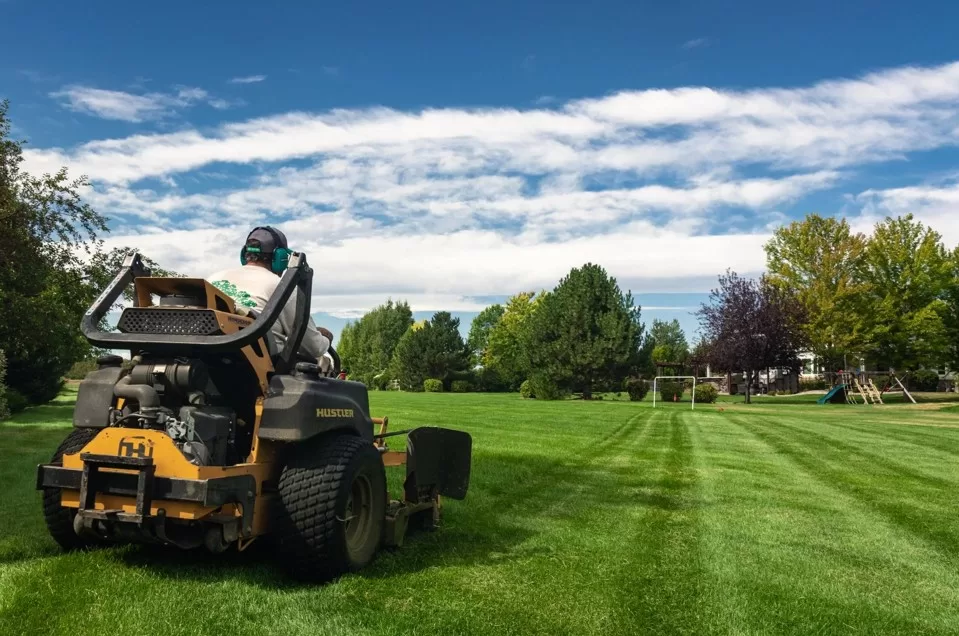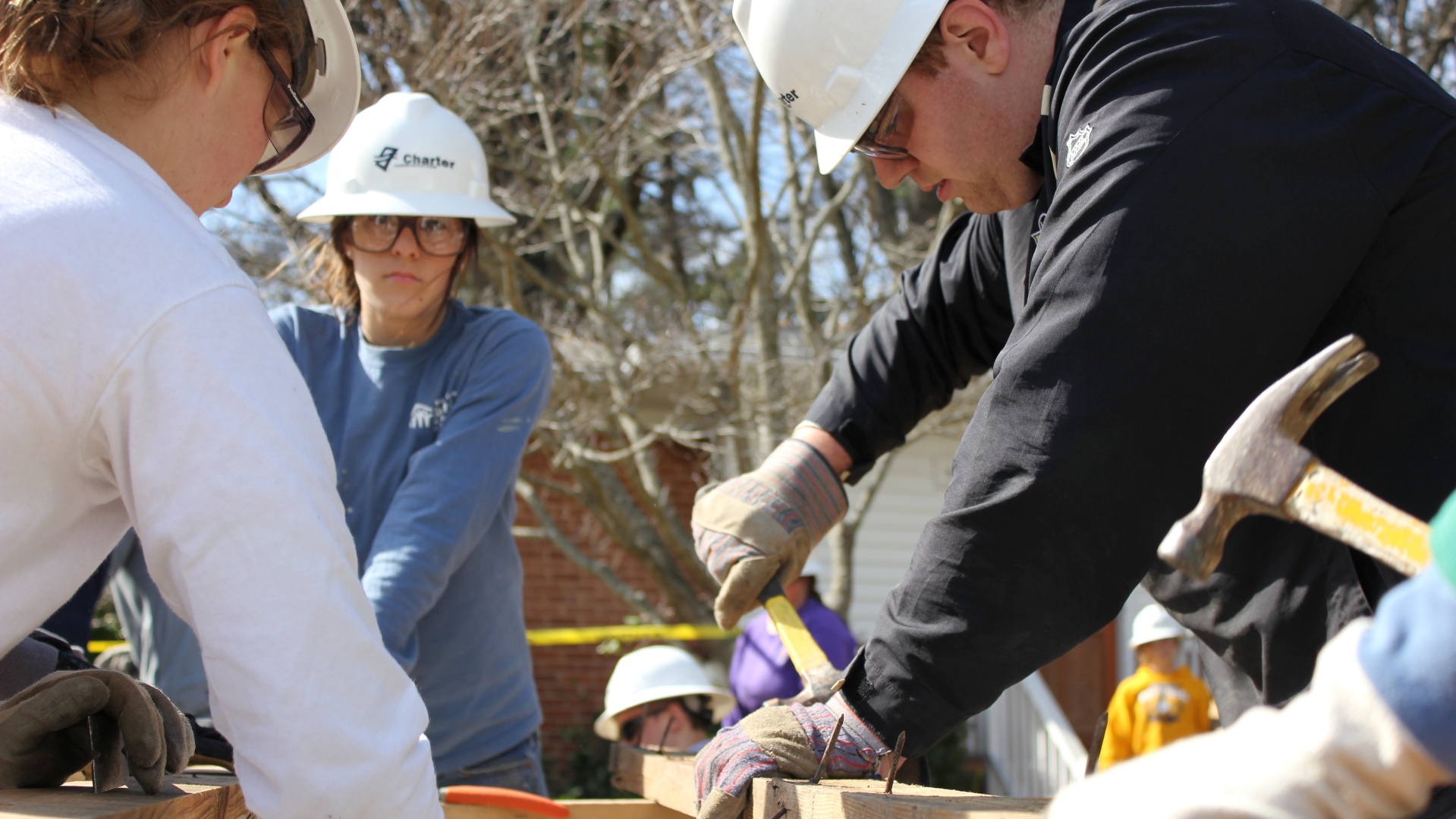The roof pitch isn’t just a design element; it also plays a pivotal role in protecting your home. It affects how well your roof withstands structural elements, diverts rainwater, and even impacts energy efficiency. Therefore, understanding the roof pitch can be instrumental in maintaining the health and longevity of your roof.
This article provides a comprehensive guide to roof pitch maintenance and repair and effective ways to address common issues. With this knowledge, you’ll be well-equipped to tackle any roof pitch concerns, keeping your home secure and your roof in top condition. Read on to discover all the details!
Understanding Roof Pitch
Roof pitch is the slope or steepness of your roof. It indicates the rise of the roof for every foot of horizontal distance. This feature is vital as it affects how your roof handles elements like rain, snow, and wind. For example, areas with heavy snowfall should ideally have a high-pitched roof, which helps snow slide off, thus preventing accumulation. Conversely, a lower pitch may be sufficient for drier climates.
Notably, learning how to measure roof pitch is the first step toward effective maintenance. There are a few different ways to measure roof pitch. One common method is to use a level and a tape measure. To do this, first measure the rise of the roof, which is the vertical distance from the eaves to the ridge. Afterward, measure the run of the roof, which is the horizontal distance from the eaves to the center of the ridge. Lastly, divide the rise by the run to calculate the roof pitch.
Common Issues With Roof Pitch
The roof pitch directly influences the durability and functionality of your home’s roofing system. When issues arise, they typically manifest as sagging, leaks, or drainage problems. Various factors, including the age of your roof or the severity of local weather conditions, can cause these problems. Early detection is key to a timely solution.

Addressing Roof Pitch Problems
The following are the common issues with roof pitch and effective ways to address them:
1. Sagging Issues
Sagging is a prevalent issue that affects roofs, especially as they age or bear excessive weight. It can appear as a noticeable dip in your roofline, usually indicative of a structural problem. Typically, a sagging roof can result from overloading from heavy snow, ice accumulation, or waterlogged wood brought on by leakages or dampness. Natural wear and tear, improper installation, or design flaws can also compromise the roof’s integrity, causing it to sag over time.
Attending to a sagging roof promptly helps prevent further damage to your home. A roofing professional’s expertise is invaluable here; they can conduct a detailed inspection, identify the core issue, and suggest the best remedy. The solution involves reinforcing the structure, replacing damaged sections, or a complete roof replacement in severe cases, depending on the extent and cause of the sagging.
2. Roof Leaks
Though common, roof leaks can lead to severe damage if neglected. Flatter roofs are more prone to water stagnation and subsequent leaks, but even steep roofs aren’t immune. Factors such as aged or damaged shingles, worn-out flashing, or gaps in the roofing can all give rise to leaks.
Spotting a leak early is critical to minimizing damage. Indicators include water stains on ceilings or walls, dripping water during rainstorms, or mold growth. Regular roof inspections, especially after intense weather events, are necessary to identify such problems.
A professional roofer’s assistance is your best bet when a leak is detected. They can accurately pinpoint the leak’s source and perform necessary repairs, such as replacing shingles, sealing gaps, or fixing the flashing.
3. Improper Drainage
Improper drainage can spell trouble for your roof, particularly if it has a lower pitch. If rainwater doesn’t drain effectively, it tends to pool on the roof surface. Over time, the water can seep into the roofing material, causing leaks, fostering mold and mildew growth, and even leading to structural damage.
To manage this issue, start with your gutters and downspouts. Ensure they’re clear of leaves, twigs, and other debris that could block water flow. Regular cleaning, particularly during fall and spring, is necessary for optimal function.
If water pooling persists, it might indicate that your roof’s design lacks the necessary slope for efficient drainage. In such a scenario, consulting a roofing professional would be wise. They could recommend solutions like installing additional drainage systems or changing your roof design to ensure water drains off your roof efficiently.
Regular Roof Maintenance
Consistent care and vigilance are critical for maintaining your roof pitch. Regular inspections help spot early signs of damage. Be on the lookout for debris accumulation, which could lead to blockages and dampness. Swift removal of such dirt can prevent potential harm.
During winter, ensure excessive snow weight isn’t causing your roof to sag. Also, check your roof’s surface for signs of wear, such as broken or missing shingles. Prompt replacement can prevent further complications.
Most importantly, engaging a trained roofer would be the best course of action if you spot any substantial issues during these inspections. Although a do-it-yourself approach might seem tempting for some tasks, professional expertise is essential for correctly installing, repairing, and maintaining a roof.
Conclusion
Addressing common roof pitch issues is vital for preserving your home’s longevity and aesthetics. Your roof does more than provide shelter; it also contributes to your home’s overall value. So, regular maintenance and proactive handling of the above issues and others is essential. Additionally, note that professional assistance is invaluable when it comes to keeping your roof in peak shape.











